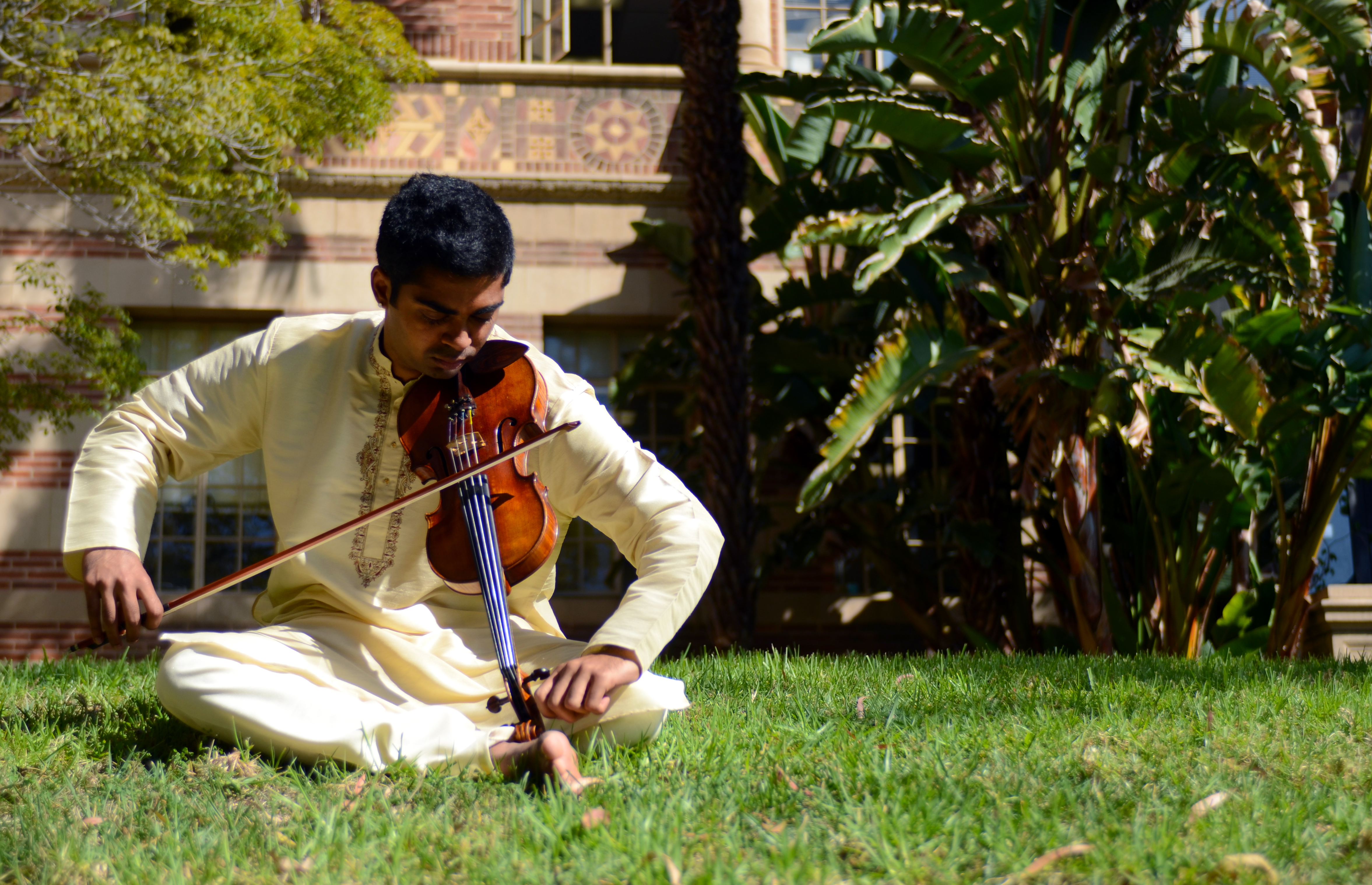At 4 years old, most kids are learning to tie their shoes. Gaayatri Kaundinya, on the other hand, was beginning her training as a vocalist for Indian classical music. Ever since then, Kaundinya, a second-year ethnomusicology student, has dedicated hours daily to her training.
“I do everything in my power to keep (this music) alive,” Kaundinya said.
Last October, Kaundinya came up with the idea to create a music festival at UCLA that featured classical Indian music and began contacting everyone she knew to make it happen. On Saturday, all of her hard work will come together in UCLA’s Avartan Music Festival, a two-part music festival that will feature Indian classical musicians from a variety of schools. The morning show will feature a UCLA ensemble as well as a USC group piece, and the evening show will feature a finale piece with all of the participants. Both shows will also have solo performances featuring students from various UC campuses including Los Angeles, Berkeley and Santa Barbara.
The event will showcase many performers who have been studying Indian music for a majority of their lives. According to Kaundinya, most of the performers have been practicing an average of three or four hours a day for at least 10 years. The event is hosted by the Society for Promotion of Indian Classical Music and Culture Amongst Youth, a nonprofit organization at UCLA, with support from The Indian Student Union and the Ethnomusicology Graduate Student Organization. Knowledge of the Indian music cycle is essential to understanding the festival performances. Western music works in a linear fashion, which is contrasted by the Indian cycle, according to Daniel Neuman, professor of ethnomusicology and Sambi Chair of Indian Music.
“In Indian music, the cycle is circular. So the last beat and the first are the same, basically,” Neuman said.
According to Kaundinya, this idea inspired the festival’s title: One avartan is one cycle in Indian music.
“It is a full circle from our roots to ourselves,” Kaundinya said.
Second-year graduate ethnomusicology student Vivek Virani said this metaphor is fundamental to Indian culture.
“In Indian philosophy, the concept of a cycle applies to every aspect of our lives. … At every level, from seasons to birth and death and reincarnation, our understanding of the world and the cosmos is pervaded by cycles,” Virani said.
Virani has been playing the tabla, a classical North Indian set of drums, for 12 years and will also be performing at the event. Kaundinya said that one of the major differences between Indian classical music and Western classical is that Indian classical does not use harmony.
She said that while Western classical uses large orchestras for their sound, Indian classical uses fewer elements, such as one voice and one instrument. These elements are then used to create the same powerful effect, but in a more modal style.
Virani said that Indian classical uses fewer elements than Western music in order to delve more deeply into the inspirations behind the performances. Using fewer elements allows the performers to use melody in a way that puts more focus on what is being expressed.
According to Neuman, music is a powerful way to capture a culture and not only bring people closer to their own cultures, but expose people to cultures unfamiliar to them.
“So the fact that you have the Avartan Festival with so many American-born children studying the major (Indian) classical forms … is a testimony to the high value that Indians give (to) the musical tradition,” Neuman said. “Between the food and the music, you are able to encapsulate all of Indian civilization even if you don’t live there.”
